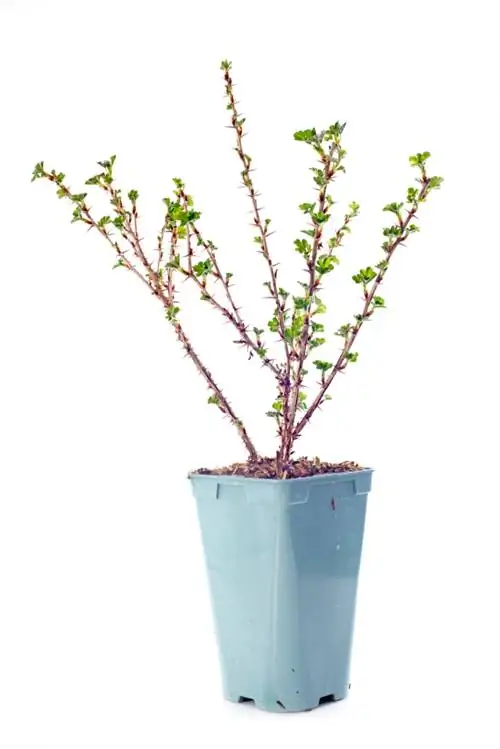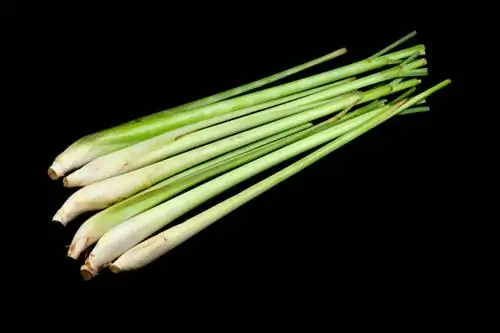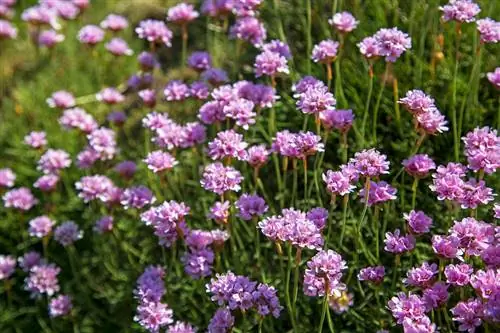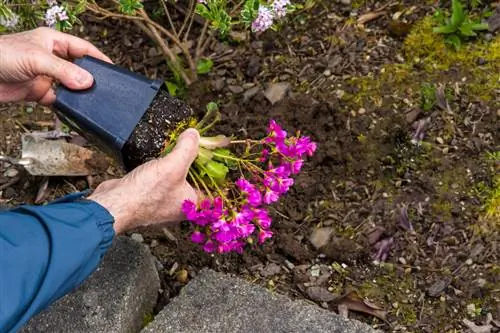- Author admin [email protected].
- Public 2023-12-16 16:46.
- Last modified 2025-10-04 22:19.
If you want to green larger areas with stonecrop, you will need numerous plants. With a little patience you can save a lot of money, because propagating the undemanding succulent is effortless and effortless.

How to propagate stonecrop?
The simplest way of propagation isDivisionAlternatively, you canCut cuttings,Root them in soil or in a glass filled with water leave and plant out. Stonecrop is also one of those plants that you can propagate generatively usingSeeds.
How is stonecrop propagated by division?
Since stonecrop only anchors itself verylooselyin the ground,thedivisionis rightuncomplicated and usually doesn't even require digging up the mother plant:
- Lift the exterior of the plant pad.
- Carefully pull the roots apart.
- Break or cut a piece and insert it where you want.
Ideally, you should divide the stonecrop in spring, because then the offshoots have enough time to take root and develop well.
How can stonecrop be propagated by cuttings?
The stonecrop has the ability to form new perennialseven from verysmall plant parts. You can take advantage of this when propagating cuttings:
- Cut off shoots approx. 5 cm long from the mother plant.
- Place these in a glass with water.
- As soon as roots have formed, you can plant the plants in the bed.
- Alternatively, plant the cuttings in pots filled with succulent soil.
- Keep the offspring evenly moist.
How is stonecrop sown?
In autumn, the stonecrop forms smallseeds,in which theseedsare located. You cancut these off and use them for sowing:
- Collect the seeds and store them in paper bags in a dark, dry place.
- In spring, sow the stonecrop directly into the bed.
- As soon as the plants are ten centimeters tall, they are separated at a distance of twenty centimeters.
Tip
stonecrop is good for the climate
The stonecrop is one of the CO₂-active plants that remove a lot of nitrogen from the air and at the same time enrich it with oxygen. That's why the grateful and extremely easy-care perennial is often used for green roofs. If you have areas in your garden where nothing has previously wanted to thrive or areas that have been left fallow as gravel gardens, you can make them attractive and ecologically valuable with stonecrop.






